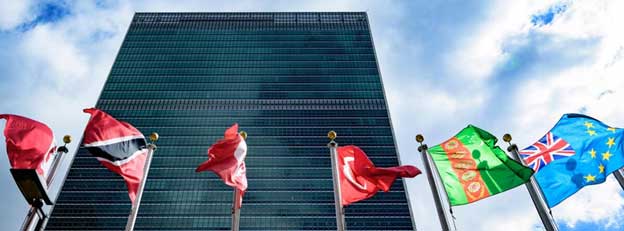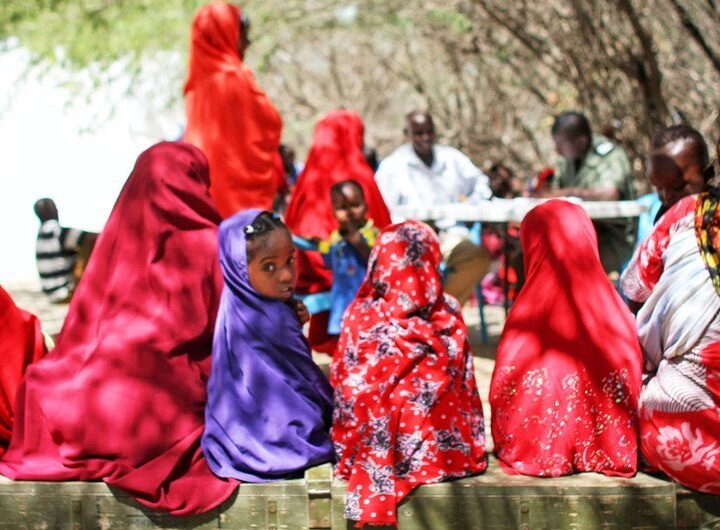
A COVID-19 vaccine made by AstraZeneca and the University of Oxford appears to prevent illness and may cut down on transmission of the coronavirus.
In studies of more than 22,000 people in the United Kingdom and Brazil, the vaccine was 90 percent effective in preventing COVID-19 when people got a half dose of the vaccine followed by a full dose one month later, AstraZeneca said November 23 in a news release.
When participants got two full doses of the vaccine one month apart, its effectiveness dropped to about 62 percent, the company reported. It’s not clear why the half dose followed by a full dose worked better than two full doses. Overall, the combined results showed that the vaccine had an average effectiveness of 70 percent among those who got the vaccine, compared with people in a control group who got a meningococcal vaccine or a placebo.
The vaccine is the third one in recent weeks to show safety and effectiveness in clinical trials. AstraZeneca’s vaccine may be easier to distribute than those from Pfizer and its German collaborator BioNTech and from Moderna because the vaccine doesn’t need to be frozen as the other two do (SN: 11/16/20; SN: 11/18/20; SN: 11/20/20). It can be stored at temperatures found in regular refrigerators, unlike the special freezers needed for the Pfizer vaccine.
AstraZeneca says it has the capacity to produce 3 billion doses of its vaccine in 2021.
In the new AstraZeneca/Oxford analysis, there were 131 cases of the disease. No hospitalizations or severe cases of the disease were reported among people who got the vaccine, AstraZeneca said. The results were reported in a news release and have not been reviewed yet by independent scientists.
Unlike Pfizer and Moderna’s vaccines, the AstraZeneca/Oxford vaccine is not based on mRNA, a cousin of DNA. Instead, researchers at Oxford and a university spin-off company called Vaccitech started with a weakened version of an adenovirus that causes colds in chimpanzees. This same chimpanzee adenovirus was used to make an Ebola vaccine. To fight the coronavirus, the chimp virus was engineered to infect, but not replicate in, human cells.
When it infects cells, the engineered chimp virus delivers instructions for making the iconic knobby “spike” protein from SARS-CoV-2, the virus that causes COVID-19. Human cells then make the spike protein, which primes the immune system to attack the coronavirus if the person encounters it later.
It is encouraging that different types of vaccines all seem to work well at protecting against COVID-19, says Rajesh Gandhi, an infectious diseases physician at Massachusetts General Hospital and Harvard Medical School in Boston.
What’s more, the AstraZeneca/Oxford vaccine cuts transmission of the virus by reducing the number of asymptomatic infections, the vaccine developers reported. “That’s critical because we know that a lot of transmission of SARS-CoV-2 is from asymptomatic people,” said Gandhi during a Nov. 23 news briefing of the Infectious Diseases Society of America. It’s unclear whether the vaccines from Pfizer or Moderna reduce transmission.
The FDA recommends that COVID-19 vaccines have at least 50 percent efficacy, meaning a vaccine should reduce COVID-19 cases in vaccinated people compared with a placebo by half (SN: 10/4/20). Pfizer, Moderna and now AstraZeneca/Oxford have all reported rates higher than that 50 percent threshold.
“I’m thrilled that several different vaccines look like they’re showing [efficacy] at rates that are higher than what we [set] as the benchmark,” Gandhi said. “These well exceed that, so I think that’s great news.”
AstraZeneca’s vaccine is still being tested in the United States, Japan, South Africa, Kenya, Russia and Latin America with future trials planned in other European and Asian countries. Previously, trials were briefly halted because of a neurological illness in a volunteer in the UK trial, but resumed after regulatory agencies deemed it was safe to do so (SN: 9/9/20).

 Three Truths to Address Sexual Exploitation, Abuse & Harassment in the UN
Three Truths to Address Sexual Exploitation, Abuse & Harassment in the UN  COP27 Fiddling as World Warms
COP27 Fiddling as World Warms  Somalia: Human rights chief decries steep rise in civilian casualties
Somalia: Human rights chief decries steep rise in civilian casualties  UN chief highlights crucial role of G20 in resolving global crises
UN chief highlights crucial role of G20 in resolving global crises  Ukraine: UN convoy delivers vital aid to residents of Kherson
Ukraine: UN convoy delivers vital aid to residents of Kherson  COP27: Week two opens with focus on water, women and more negotiations on ‘loss and damage’
COP27: Week two opens with focus on water, women and more negotiations on ‘loss and damage’  A new treatment could restore some mobility in people paralyzed by strokes
A new treatment could restore some mobility in people paralyzed by strokes  What has Perseverance found in two years on Mars?
What has Perseverance found in two years on Mars?  This robot automatically tucks its limbs to squeeze through spaces
This robot automatically tucks its limbs to squeeze through spaces  Greta Thunberg’s new book urges the world to take climate action now
Greta Thunberg’s new book urges the world to take climate action now